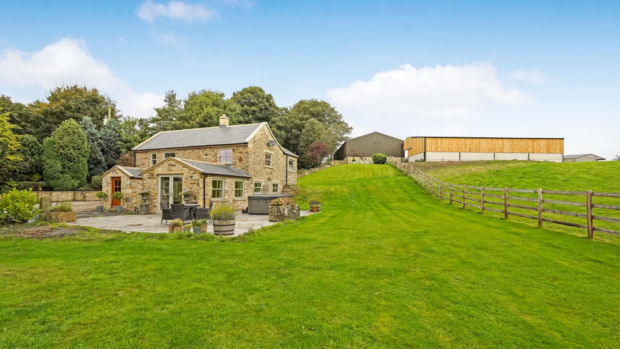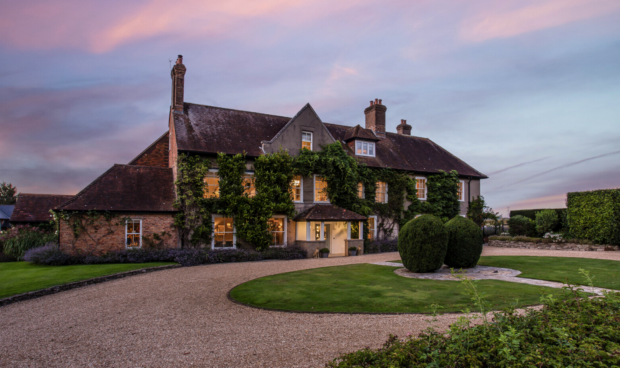“Subject to planning permission”. These four words send shivers down the spine of most equestrian buyers because they can make the difference between installing that all-important manège and having to make do with the nearest equestrian centre.
Few people, however, are really clear about the rules governing planning. In theory, there is nothing mystical about it. Planning protects towns and countryside from overdevelopment by subjecting to approval any building work that can affect the environment or community.
This means homeowners can carry out minor developments without asking permission. For example, they can erect outbuildings within a property’s domestic curtilage (the yard immediately adjacent to a house).
“Outbuildings no less than 5m from the property, no higher than 4m [if it has a ridged roof] and taking up no more than 50% of the domestic curtilage do not need consent, subject to leisure uses,” explains Zoe Napier of Fenn Wright. “Since horses are still considered domestic, stables comply. But this does not apply to business or livery uses.”
However, determining the exact confines of the domestic curtilage can be difficult. Similarly, listed properties, or those situated in sensitive areas such as national parks, will usually need consent, even when the work falls within the domestic curtilage. On top of this, change of use consent may be needed if buyers purchase an agricultural property for equestrian use.
“Land can be said to be used for grazing if horses are turned onto it with a view to feeding, but not if they are kept on it for any other purpose, such as exercise, and grazing is completely incidental,” explains Lindsay Burden of Fox Grant.
In all these cases, people will have to apply for planning permission to their local department. The procedure is long, but relatively straightforward.
“An application will be considered by the relevant planning authority, taking into account a variety of factors,” says Robert Fanshawe of Knight Frank.
If an application is refused, owners can either resubmit a modified version or appeal to the Office of the Deputy Prime Minister within six months of receiving the refusal. To maximise chances of success, Zoe Napier advises speaking to a planning consultant.
“There will be a cost implication but the results are worth it,” she says. “Often, planning consultants are ‘gamekeepers turned poachers’ — they can often be retired councillors.”
However, equestrian homes have a tendency to grow organically and occasionally owners forget to obtain planning for a new stable block or arena. Although this puts them in an awkward situation with the planning authority, all is not lost.
“If you have done something that should have required planning, then retrospective planning application will have to be made,” says Zoe Napier.
If this is refused, the council may require owners to bring the property back to its original state. It is possible to appeal, but if it is confirmed and people fail to comply it can lead to prosecution.
A possible alternative is to bide time and apply for a certificate of lawful use if enough years have passed and the planning breach has not been challenged by the council (the time limit varies depending on the breach). This approach, however, is never advisable for owners who are considering moving on.
Lawyers will often warn buyers off a property that is in breach of planning permission, and this will reflect on the price.
And, as Emily Cooper-Read of ECR Property says: “Incorrect or absent planning permission will show up in conveyancing and could easily cause a sale to fall through.”




